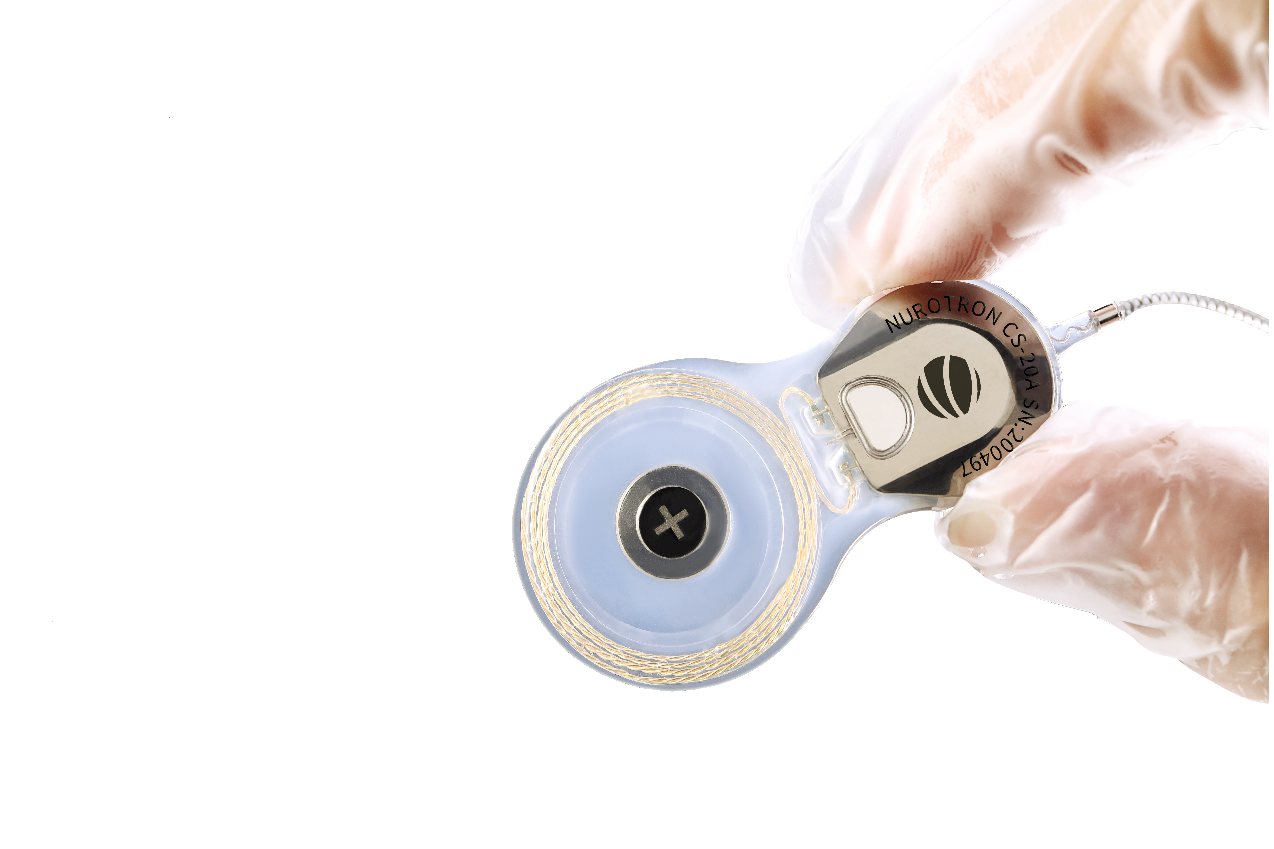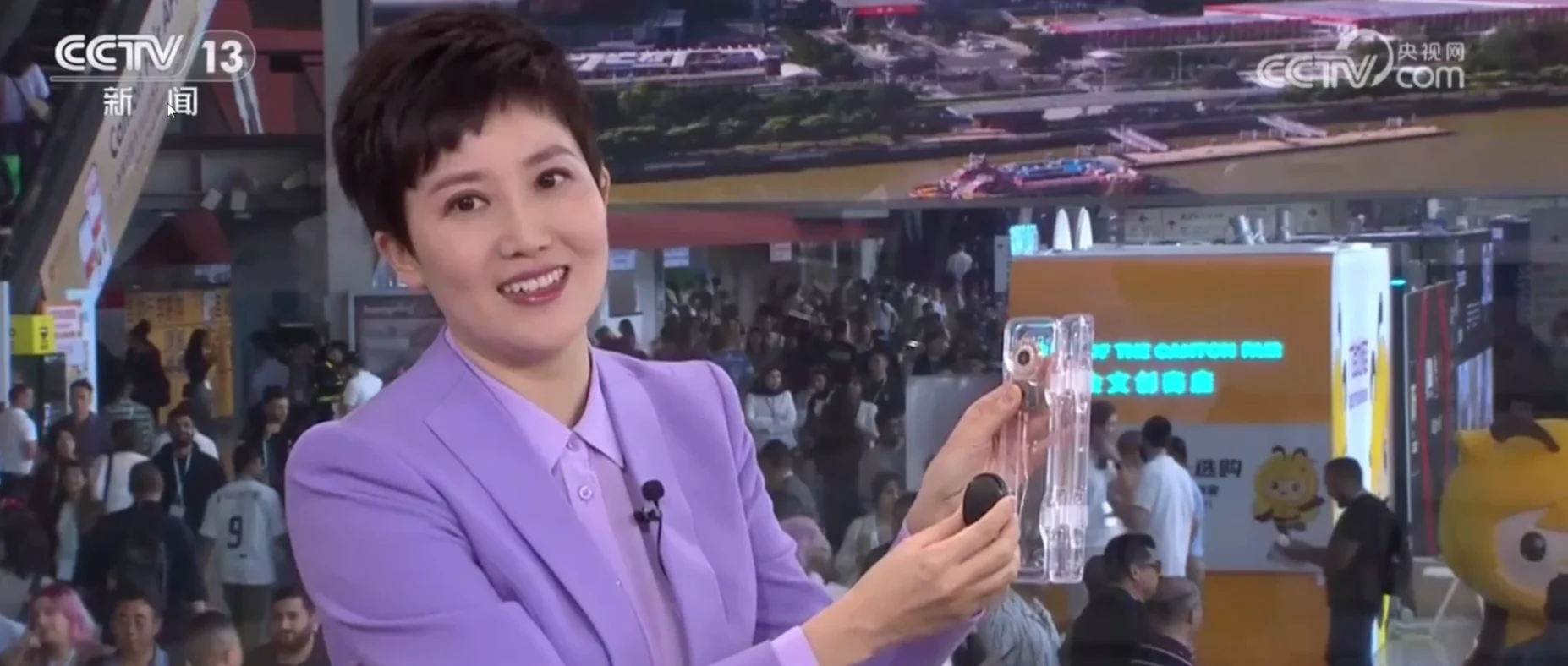For individuals with severe to profound hearing loss, cochlear implants represent a critical medical intervention. It converts external sounds into coded electrical signals and transmits them to an internal receiver, which delivers targeted pulses through an electrode array in the cochlea, directly stimulating the auditory nerve so the brain can interpret them as sound.
The effectiveness of a cochlear implant, however, depends not only on the surgical procedure and programming but also on consistent care and correct daily use.
Table of Contents
ToggleBasic Structure of a Cochlear Implant
To use a cochlear implant responsibly, it is important to understand its primary components and their functions:
- External Parts
Microphone: Captures sound from the environment.
Speech Processor: Converts captured sound into coded digital signals.
Transmitter Coil: Sends these signals across the skin to the implanted receiver using radio-frequency (RF) transmission.
- Internal Parts
Receiver: Implanted beneath the skin, it receives signals from the transmitter and converts them into electrical impulses.
Stimulator: Housed in a titanium casing, the stimulator converts the received signals into electrical impulses that are delivered to the cochlea.
Electrode Array: Surgically placed within the cochlea, it delivers electrical stimulation directly to the auditory nerve fibers.
This coordinated system transforms environmental sounds into meaningful auditory signals, providing the foundation for hearing rehabilitation.
Maintenance and Protection of the Cochlear Implant
Understanding how a cochlear implant is built gives us a clearer picture of just how delicate and vital each component is. With that awareness comes a responsibility: to keep the device in good condition so it can perform reliably day after day. Much like caring for any advanced medical technology, small daily habits can make a significant difference in preserving both function and comfort:
- Clean the Device Daily
Wipe the external components with a dry, soft cloth to remove moisture, oils, or debris. Liquids and harsh cleaning solutions should be avoided. Here are several tips about daily cleaning and drying:
- Daily / Regular Cleaning
- Wipe the processor’s outer casing with a clean, dry cloth every day or every other day.
- Gently clean the contact points of both the speech processor and the battery with an alcohol wipe on the same schedule, taking care not to let alcohol seep into the signal-processing unit.
- Clean the microphone cover every two weeks with a small brush and an air blower and replace the cover every three months.
- Clean the coil and cable connectors about every two weeks.
- In hot weather, rotate the magnet daily to prevent it from sticking due to sweat or dust buildup.
- Daily Drying
- Place the signal-processing unit in an electronic drying box each night before bed.
Store the battery, coil, and cables in a physical drying box, ensuring they do not come into direct contact with the desiccant granules to avoid powder entering the components.
- Avoid Magnetic or Electronic Interference
Exposure to strong magnetic fields, such as those from MRI scanners or certain electronic devices, may interfere with signal transmission or damage components. You should notice in the following circumstances:
- For MRI examinations, additional compression or pressure bandaging around the implant site is typically required; follow your implant team’s specific instructions to ensure safety.
- When near powerful broadcast or television transmission towers—within about 1–2 km—the speech processor may experience temporary sound distortion, which is harmless and resolves once you move away.
- Maintain a safe distance from induction cooktops to avoid electromagnetic interference. That’s because induction cooktops generate strong magnetic fields during operation, standing too close may cause temporary interference with the cochlear implant’s external processor or wireless accessories.
- Monitor Battery Contacts
Inspect the battery contacts for dust, dirt, or corrosion. When cleaning is needed, use an alcohol wipe (not a soaked cotton ball, to avoid liquid seepage) and then place the device in a drying box to ensure complete drying and stable operation.
- Handle with Care
When attaching or removing parts, hold them by their edges. Dropping or pressing on sensitive surfaces may compromise function.
Daily Applications to Use a Cochlear Implant
Beyond regular maintenance, cochlear implant users often face practical questions about when and how the device can be safely worn in daily life. These concerns are not minor details; they directly affect comfort, safety, and confidence in different environments. Understanding what is appropriate—and what should be avoided—helps ensure that the implant continues to deliver its full benefits while protecting the user’s well-being.
- Can You Swim with the Cochlear Implant?
While the internal implant is sealed and waterproof, the external processor is not unless fitted with specialized waterproof covers. Users should not expose the external device to water without approved protection.
After any accidental water exposure, first remove the battery, carefully disassemble all external components, and gently wipe each part with a soft cloth. Use a hair dryer on a cool setting to blow each piece dry for about 10 minutes, then place the components in a drying box for thorough moisture removal before reassembly.
In summer, promptly wipe away sweat to prevent moisture buildup, and always use an approved waterproof cover when swimming or playing in water.
- Is it Necessary to Wear a Speech Processor and Transmitter During Sleep?
It is generally advised to remove the speech processor and transmitter during sleep. Movement during sleep may cause it to fall off, risking damage to the device or skin irritation. In exceptional cases, such as for individuals who live alone and rely on auditory alerts (e.g., alarms, baby monitors), some may opt to sleep with the processor and instead use alternative alerting systems like vibratory or visual alarms.
- How Soon Can You Fly after the Cochlear Implant Surgery?
Most individuals can safely fly within a few weeks following implant surgery, but timing should be determined in consultation with the surgeon. According to research, the air travel is commonly possible one to two weeks postoperatively, provided recovery is progressing well.
Yet, recovery is highly individual, and what is appropriate for one patient may not apply to another. For this reason, clearance from the implant team is essential before planning air travel. Because the internal implant contains metal that can trigger security alarms, patients should carry their cochlear-implant identification card and present it to security staff when passing through airport screening.
- How Long Do Cochlear Implant Last?
Internal cochlear implants are built for long-term reliability and often remain functional for decades or a lifetime. External processors, by contrast, may require periodic replacement or upgrading to benefit from advances in technology. Regular use during waking hours aids rehabilitation and helps users detect any early signs of performance changes.
Nurotron CS-20A Cochlear Implant: A Preferred Choice of Daily Using
It becomes clear that daily hearing success relies on both careful habits and reliable technology. Choosing a system with proven performance and support can give users confidence in their everyday experiences. Nurotron’s Cochlear Implant System, CS-20A, provides reassurance and trust.
Advanced Electrode Design: The CS-20A utilizes a 24+2 channel electrode array with a 0.3mm apical tip, enhancing tonal detail detection and overall sound quality, while preserving the delicate structures of the cochlea. The array is available in three lengths (TS, TM, TL) to accommodate various cochlear anatomies and different groups.
Compact and Versatile Design: The CS-20A implant has been reduced in size by 20% compared to its predecessor, the CS-10A. This smaller form factor benefits not only pediatric patients but also adults, allowing for a less invasive surgical procedure, minimizing tissue trauma, and providing greater flexibility in implant placement. The 15-degree curved design allows the device to conform more closely to the skull, providing a stable fit for a variety of cranial shapes.
Personalized Identification: Each implant is equipped with a unique Implant ID, allowing for personalized settings and easy tracking of performance, ensuring optimal hearing experiences for users.
Extended Warranty: Reflecting Nurotron’s confidence in the CS-20A’s durability and performance, the system comes with a 12-year warranty.
Conclusion
Daily life with a cochlear implant goes beyond merely using the device. It also requires understanding its structure, maintaining it properly, and applying it safely across different environments. Regular care, attention to potential risks, and awareness of personal recovery timelines all contribute to maximizing the implant’s performance and longevity.
Choosing a reliable cochlear implant system further supports this process. The Nurotron CS-20A exemplifies how advanced design, durability, and versatility can enhance daily hearing experiences for both children and adults. By combining innovative technology with a user-centered approach, Nurotron provides patients and caregivers with confidence that the device will perform consistently and safely in everyday life. You can contact us for getting more information about the cochlear implant.
Reference
- https://www.hopkinsmedicine.org/health/treatment-tests-and-therapies/cochlear-implants/living-with-a-cochlear-implant
- https://biologyinsights.com/can-you-sleep-with-a-cochlear-implant









